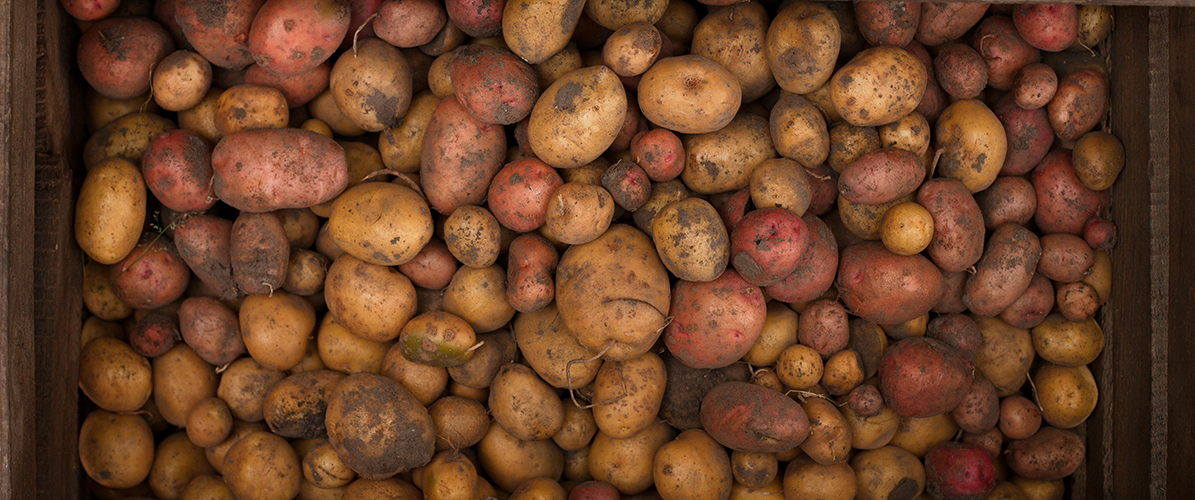New UK research to help early identification of soft rots in potato stores
Rots are one of the biggest in-store challenges for potatoes and if they remain undetected, they can quickly pass from one potato to another. This means timely decisions need to be made before the disease becomes established to prevent rejection of consignments and the resulting financial losses.
The first signs of rot are normally perceived by a store manager’s nose once the rot has already started. However, the University of Warwick in the United Kingdom has developed a new tool which replicates the functions of the human nose to help detect odours well below the human level – and perhaps even before symptoms occur.
The electronic ‘nose’ works by sampling the store air and then using an array of gas sensors that respond to different odours produced, which together can detect bacterial infection from other odours in the store.
Under lab conditions, this instrument has been prove to detect indicators of diseased or infected tubers before physical or olfactory signs of rot actually appear in potatoes. If this can be replicated in commercial stores, it could act as an early-warning system for store managers to take action.
This electronic nose has been tested at the Sutton Bridge Crop Storage Research facility, which is owned by the Agriculture & Horticulture Development Board (AHDB) and is operated by the Research Division under the ‘AHDB Potatoes’ banner.
A full article about this new technology is available in the latest edition of Potatoes Australia magazine, which is available through the publications section of our website. If you’d like to sign up to receive hard copies of Potatoes Australia, use our subscription form or e-mail us at communications@ausveg.com.au.
This post appeared in the AUSVEG Weekly Update published 27 February 2018.


